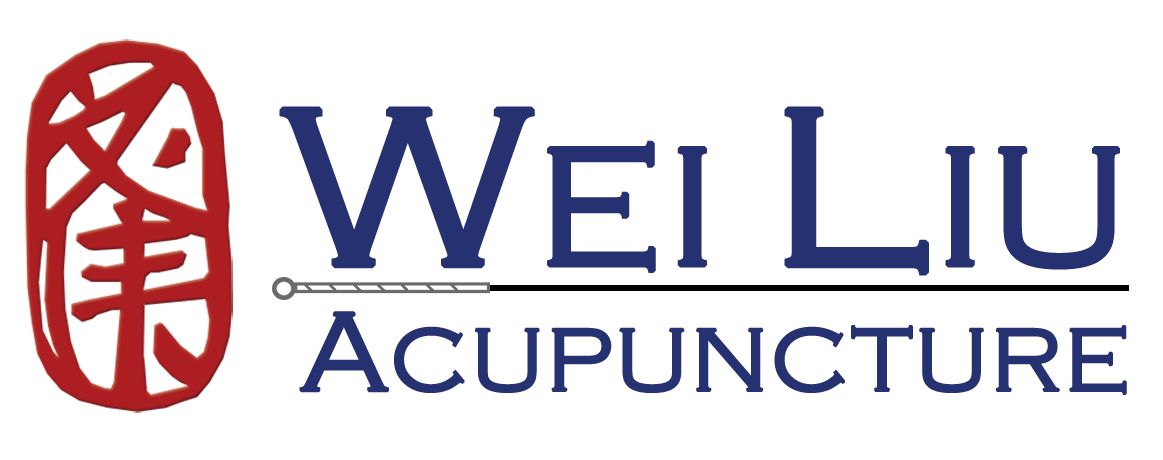- Acupuncture
- Tuina
- Chinese Herbal Medicine
- Cupping
- Qigong
 Traditional Chinese medicine (TCM) is one of the oldest, most commonly used medical procedures in the world, Originating in China more than 2,000 years ago. Acupuncture as one important role of TCM(which includes Acupuncture, Herbs and Tuina) began to become better known in the United States in 1971, when New York Times reporter James Reston wrote about how doctors in China used needles to ease his pain after surgery.
Traditional Chinese medicine (TCM) is one of the oldest, most commonly used medical procedures in the world, Originating in China more than 2,000 years ago. Acupuncture as one important role of TCM(which includes Acupuncture, Herbs and Tuina) began to become better known in the United States in 1971, when New York Times reporter James Reston wrote about how doctors in China used needles to ease his pain after surgery.
Acupuncture literally means “needle piercing,” the practice of inserting very fine needles into the skin to stimulate specific anatomic points in the body (called acupuncture points) for therapeutic purposes. Along with the usual method of puncturing the skin with the fine needles, the practitioners of acupuncture also can use numbers techniques to stimulate the points. The acupuncture points are stimulated to balance the movement of energy (qi) in the body to restore health. In general speaking Acupuncture is used to regulate or correct the flow of qi to restore health.
To really understand how acupuncture works, it is necessary to become familiar with the basics of Chinese philosophy. The philosophies of Qi, yin and yang, the five elements, the channels and the eight principles are all fundamental to traditional Chinese acupuncture and its specific role in helping to maintain good health and a person’s well-being.
 Based on the principles of traditional Chinese medicine (TCM), Tuina – meaning “push-and-grasp” – is a form of medical massage that plays an important role in the Chinese healing arts. Like Acupuncture, this ancient therapy both treats and prevents disease by applying primarily manual methods to remove obstructions in the energy pathways of the body and promoting an increase in the body’s vital energy. Tuina as practiced in China encompasses a great breadth of healing work which in the American medicine would be compartmentalized into the various specialties of orthopedics, chiropractic care, physical therapy, massage therapy, sports medicine, and “energy work”. A rich variety of Tuina techniques work to improve blood circulation, reduce the displacement of joints, enhance joint mobility; heal soft tissue injuries; improve the functions of the internal organs; regulate the nerves; and flush cellular tissues.
Based on the principles of traditional Chinese medicine (TCM), Tuina – meaning “push-and-grasp” – is a form of medical massage that plays an important role in the Chinese healing arts. Like Acupuncture, this ancient therapy both treats and prevents disease by applying primarily manual methods to remove obstructions in the energy pathways of the body and promoting an increase in the body’s vital energy. Tuina as practiced in China encompasses a great breadth of healing work which in the American medicine would be compartmentalized into the various specialties of orthopedics, chiropractic care, physical therapy, massage therapy, sports medicine, and “energy work”. A rich variety of Tuina techniques work to improve blood circulation, reduce the displacement of joints, enhance joint mobility; heal soft tissue injuries; improve the functions of the internal organs; regulate the nerves; and flush cellular tissues.
Modern medical practice in China has become a thoroughly integrated blend of traditional Chinese and modern Western medicine offered side by side in hospitals and clinics throughout the country. Of all TCM practices, the ancient therapy of Tuina blends most easily with the paradigms of modern medicine, since it involves work with anatomy, physiology, pathology, kinesiology, and biomechanics. This makes it ideally suited for the eclectic environment in the modern Chinese hospital, and is employed with even greater frequency than in previous centuries.
In authentic TCM, acupuncture, Tui Na and herbs are closely connected and always used together. As an important part of TCM, Tui Na in China plays a crucial role in the field of medicine, rehabilitation and health maintenance. While Tui Na is not yet recognized abroad as widely as acupuncture, it will undoubtedly soon come to be appreciated as a powerfully effective, safe, and comfortable therapy by people all over the world.
 Chinese herbal medicine is a time-tested comprehensive medical system. It has been widely used in medical conditions ranging from minor to major problems, such as stomach to cancer. It specially excels for illnesses that conventional medicine has difficulty to treat, as well as conditions that simply don’t have a western diagnosis. The herbal medicine is completely natural, therefore, it is gentle to body and yet amazingly powerful and dramatic.
Chinese herbal medicine is a time-tested comprehensive medical system. It has been widely used in medical conditions ranging from minor to major problems, such as stomach to cancer. It specially excels for illnesses that conventional medicine has difficulty to treat, as well as conditions that simply don’t have a western diagnosis. The herbal medicine is completely natural, therefore, it is gentle to body and yet amazingly powerful and dramatic.
Cupping
Qigong

